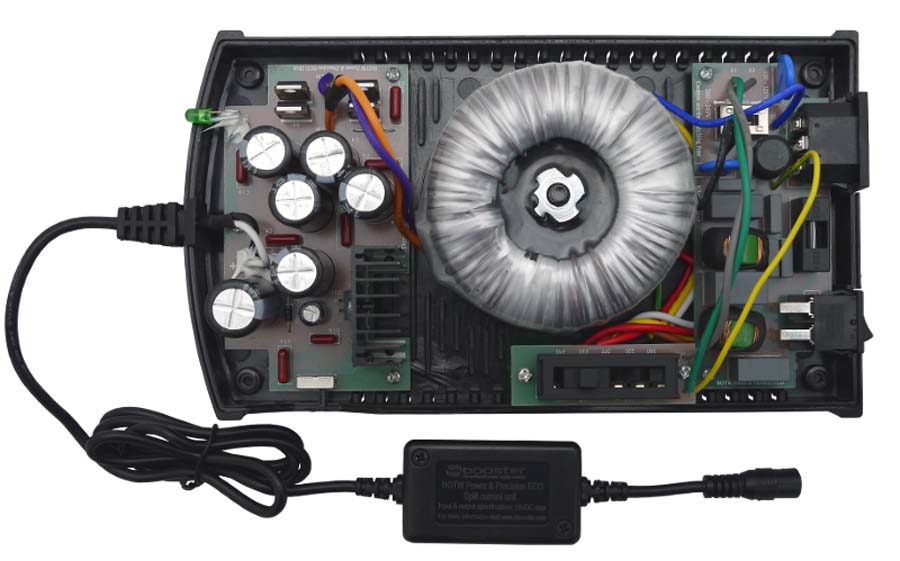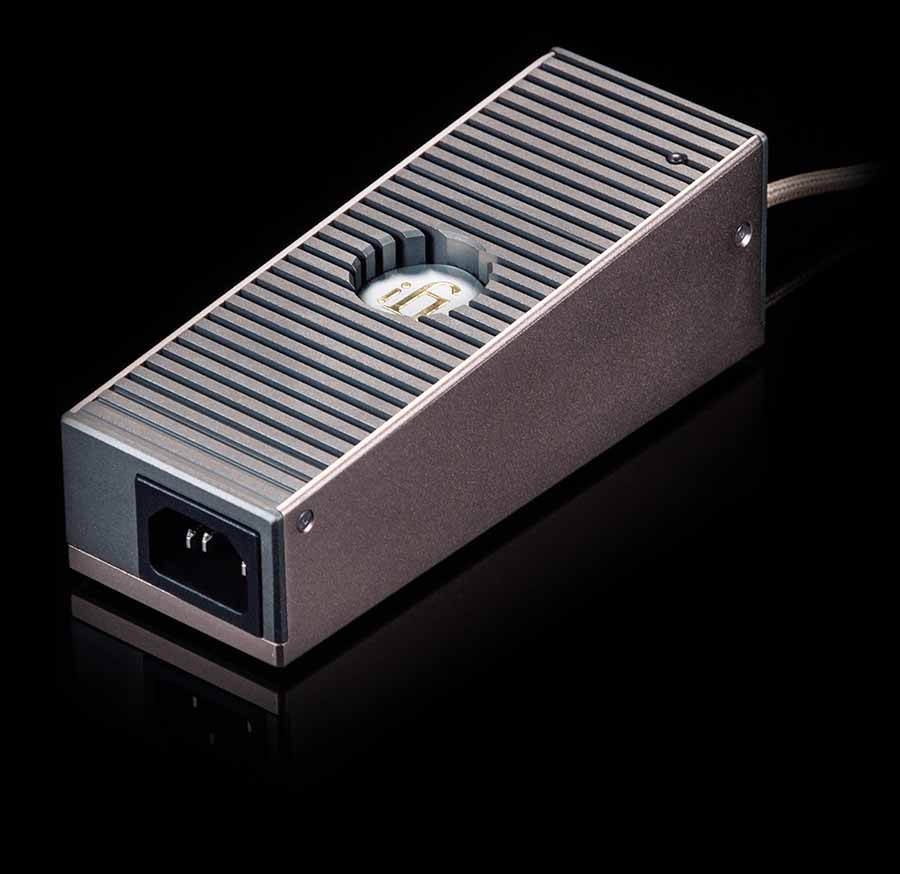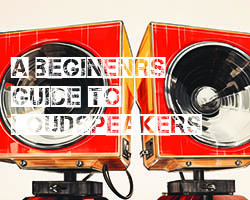The vast majority of electronic devices require a power supply, whether it is a linear power supply or the now popular switch mode power supply (SMPS). Whatever the type, we take them for granted and we rely heavily on them to power or charge all our electronics doodads.
Most people would assume that as long as there is a power supply designed to use a device, then the quality is not important as long as it works and is fit for purpose. Back in the eighties that was generally thought to be the case with hifi components until companies like Naim decided to rewrite the rule book and introduce separate add on power supplies (SNAPS). Naim argued that the built in power supplies of their amps, which in standard mode powered the pre amp as well, could be greatly improved in sound quality and power output if a separate high quality power supply was added.
Cyrus also followed suit in their amp range with their integrated amps being offered with the addition of a PSX power supply. Having owned and used both amp ranges and used the add-on power supplies I can wholeheartedly recommend their benefits.
A better power supply is like a bigger and better car engine, in that the performance takes on a whole new level of improvements that the integrated standard unit struggles to keep up with. It took quite a few years for other companies to adopt Naim’s ideas (Julian Vereker being the main driving force originally), but now add-on power supplies are common as an upgrade to many manufacturers ranges. The accessory market has also benefited and the performance of good components can be lifted substantially with an upgrade.
I recently invested in a new custom made DC power supply for my Project Extension 9 turntable. It comes with a standard wall wart SMPS that probably only costs a few pounds and does a decent job, but I got to thinking that surely a dedicated linear power supply would lift the performance like it had done with my amps in the past. I had read many enthusiasts had improved their turntables performance by getting a specialist power supply and seen a few companies offering their own. Some are reasonable but others are rather expensive upgrades. I opted for a good quality unit at £300 which I felt was commensurate to my needs and wouldn’t break my wallet. Value for money is close to my heart and although a more expensive supply may be better, I can’t justify the outlay. Having used the new power supply for a few weeks now I can say it was worth the expense. The soundstage is far more open and detailed than before and I get less hum issues. This was therefore an upgrade I am truly pleased with and could be extended to other components like phono stages , headphone amps etc. Companies like Graham Slee do just such an upgrade with his units which again I have used very successfully.
Another variation I am currently trying out is a valve amp where the power supply is in a separate case to the pre amp, transformers and valves. For a sub £1000 amp this is exciting and delivers excellent results. Battery power supplies (going off grid) are also an alternative which some purists swear by and even go as far as to have a whole bank of large cumbersome batteries in their system. The results may well be excellent as there is no influence or contamination from our normal AC mains borne supply, but cost and practicalities spring to mind again for most music lovers.
A controversial subject is the use of mains conditioners and purifiers to alleviate the pollution problems of our mains supply from the National grid. We take electricity for granted like we do breathing, but think about it, there is pollution in the air all around us which we inhale 24 hours a day and the same is true of our mains supply. Obviously the rate of pollution varies dependent upon where we are and crucially the time of day has an influence too. If you think of the times when your system seems to be on song and sounding great it is usually late at night when many people are in bed and industrial activity may be lower. I have found this to be the case on numerous occasions.
I won’t get embroiled in the arguments for or against purifiers and conditioners, I have tried several in my system and differences are tangible, but the cost of many units I find hard to swallow. (That is down to you the reader to decide) A dedicated, separate mains spur was one of the most effective things I have done, with an additional earth ground from outside in my garden to aid isolation. The improvement in the bass was palpable.
To conclude my experiences have been that a good mains supply coupled with a decent mains block, sockets , mains leads and where possible upgraded power supplies all contribute to a great sounding system. Get the foundations right and the rest will follow. I’m not saying good equipment choices aren’t important, it’s just that without these good foundations everything won’t gel as well, and long term may crumble through listener dissatisfaction and loss of interest in this marvellous past time. Now we don’t want that do we?
Ian Ringstead
Read More Fidelity Matters with Ian Ringstead











































































































































































































You must be logged in to leave a reply.